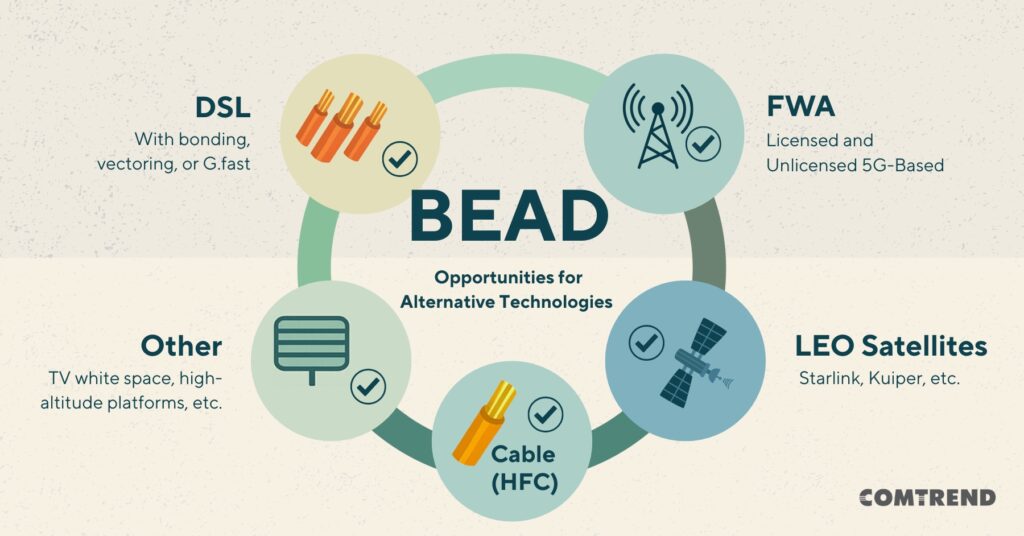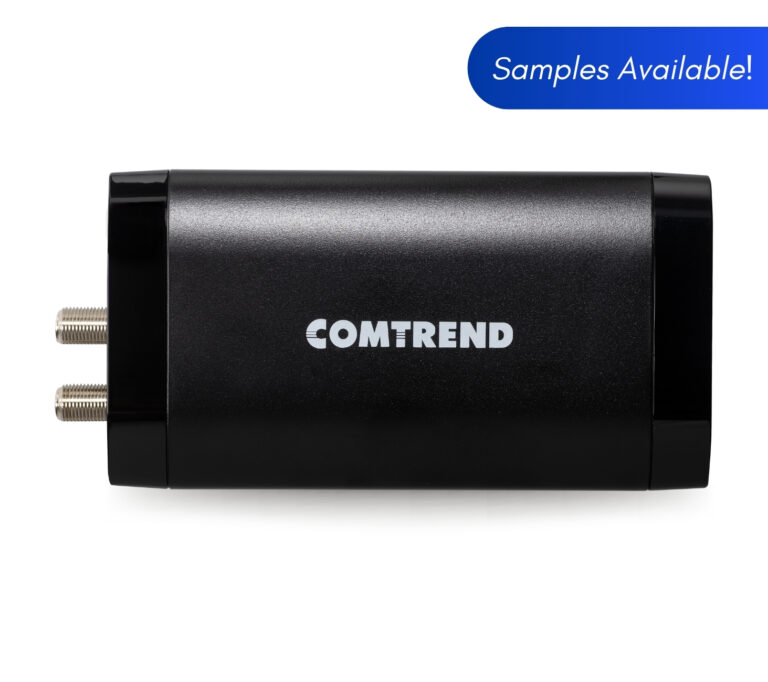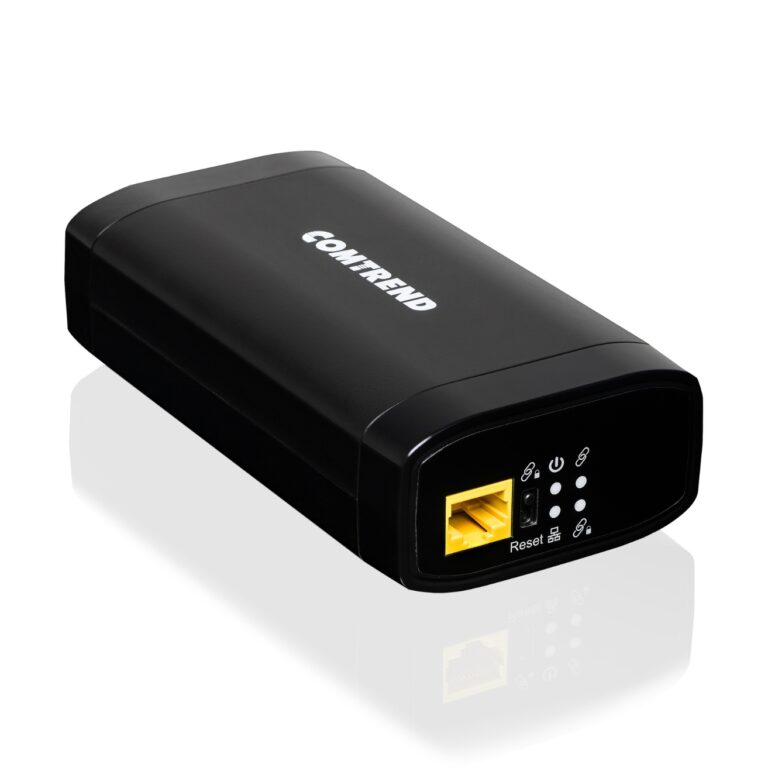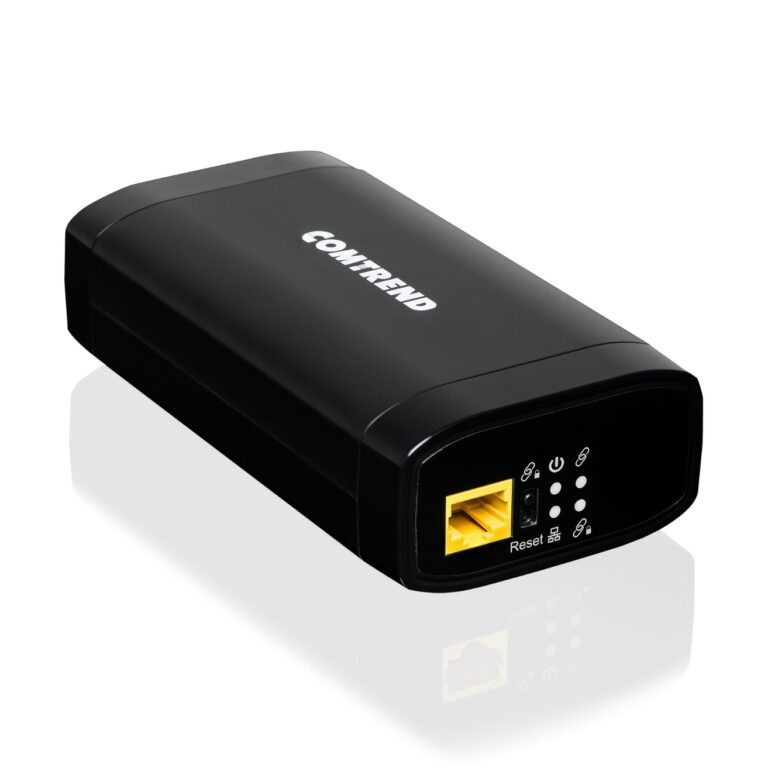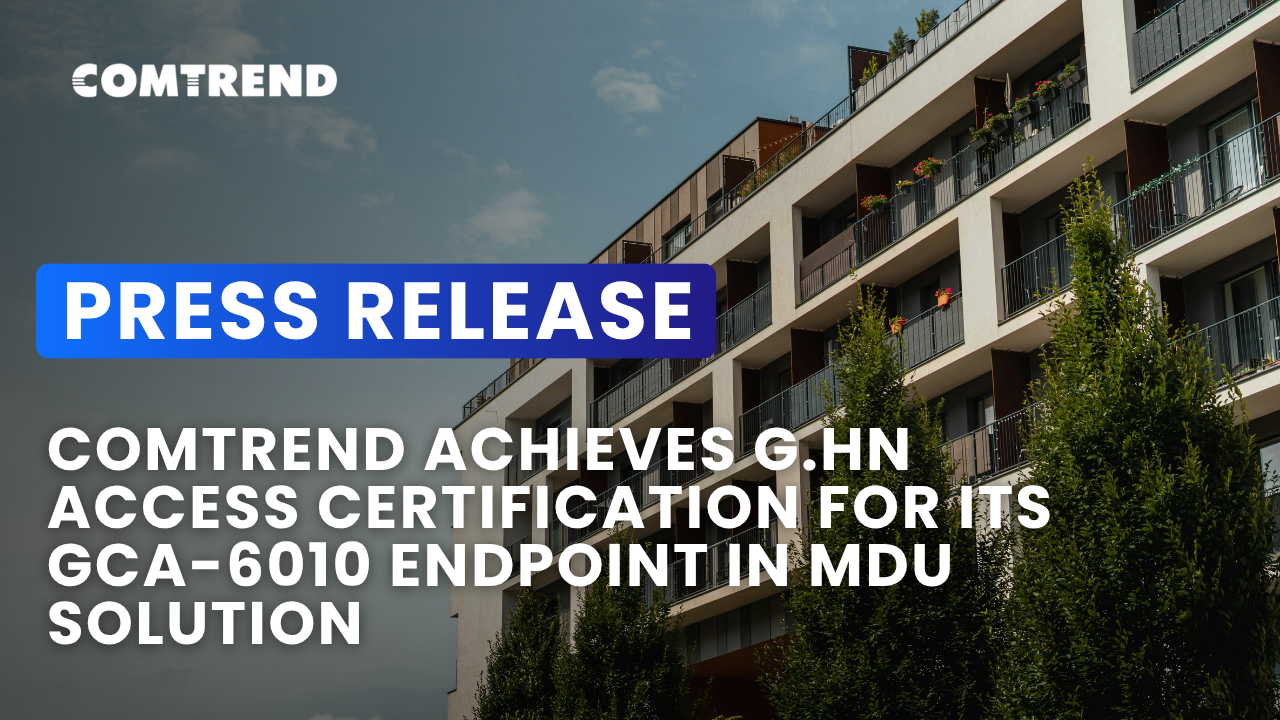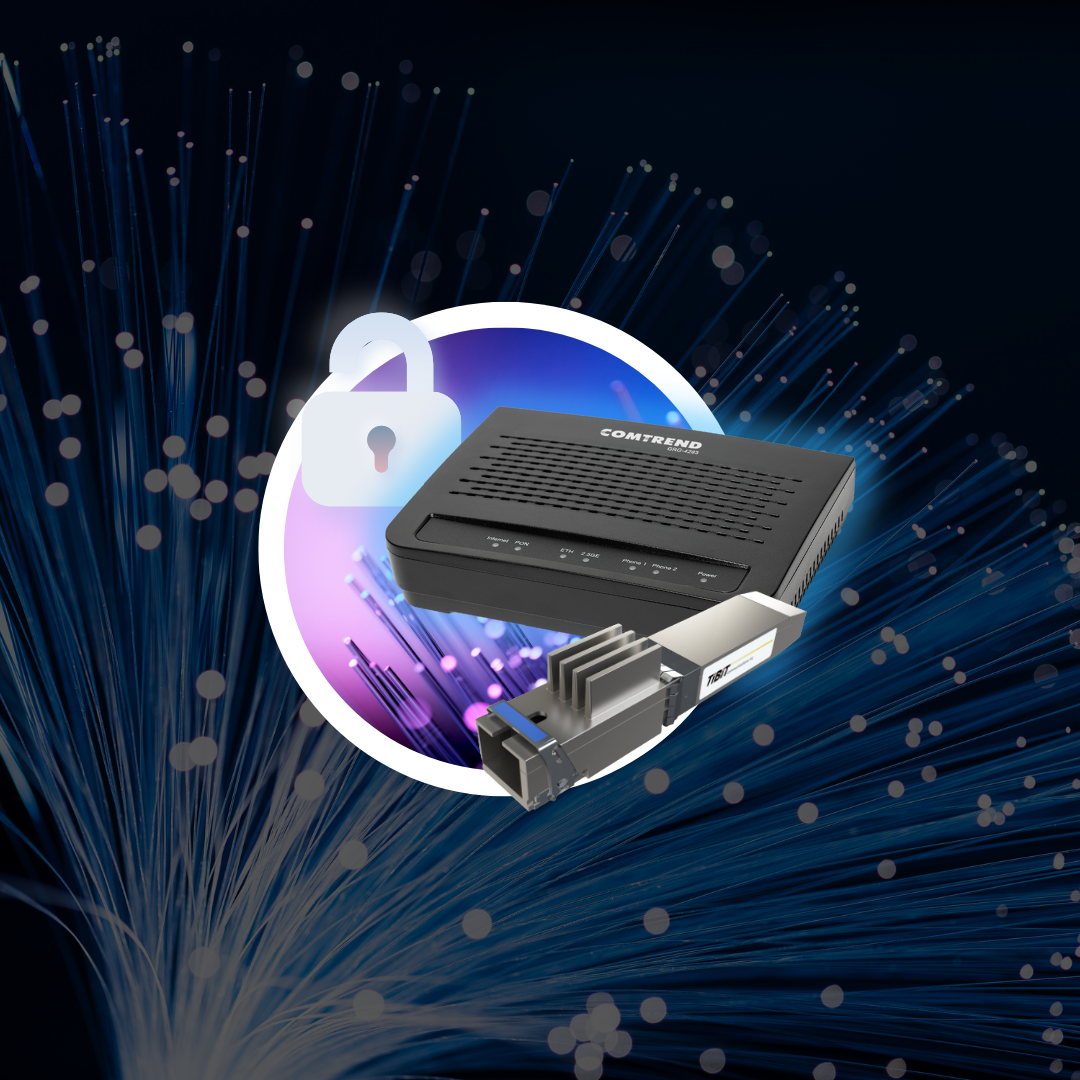In June 2025, the National Telecommunications and Information Administration (NTIA) released a sweeping policy update for the $42.5 billion Broadband Equity, Access, and Deployment (BEAD) program. These changes mark a significant shift in how broadband projects will be funded and implemented across the U.S., impacting providers, states, and communities alike.¹
Key Federal Policy Shifts
- Technology Neutrality Replaces “Fiber-First”
Previously, BEAD guidance prioritized fiber-to-the-premises as the gold standard. The new rules eliminate that preference, adopting a technology-neutral approach. Projects are now judged on their ability to meet baseline performance metrics: 100 Mbps download / 20 Mbps upload speeds, low latency (≤100 ms), and scalability, regardless of delivery method.² This opens the door for cable, fixed wireless, DSL, and other technologies to compete equally with fiber.³ - Streamlined Regulations
Several regulatory requirements have been rolled back. Providers are no longer required to submit labor plans, climate resiliency measures, or detailed affordability plans tied to a specific pricing threshold.⁴ States now have greater flexibility in defining qualifying low-cost offerings, though they can no longer mandate specific price points for low-income service tiers.⁵ - “Benefit of the Bargain” Selection Criteria
The funding award process has been restructured to prioritize cost-per-location above all else. States must now select subgrantees based on the lowest qualifying cost. If a more expensive proposal is to win, it must be within 15% of the lowest bid and offer significantly higher value (e.g., speed, proven performance).³ As a result, project quality and long-term scalability may now play a secondary role to affordability. - Full Timeline Reset
All previously approved or submitted BEAD Final Proposals have been nullified. States must resubmit revised plans and re-run provider selection processes within 90 days of the June 6 notice.¹ NTIA will then review those updates within another 90 days. Additionally, any funding for non-deployment efforts (like device programs or broadband adoption initiatives) is paused going forward.²
State-Level Implications and Reactions
Some states, like Nevada and Louisiana, had already received federal approval for fiber-based proposals and expressed strong frustration at having to restart.⁶ States with high rural populations are particularly concerned. Critics argue that a lowest-cost mandate could prioritize short-term fixes over long-term infrastructure resilience.⁷ On the other hand, proponents of the new rules, including states seeking to use more wireless or satellite solutions, welcome the flexibility and potential cost savings.⁸
Opportunities for Alternative Technologies
- DSL Revival: DSL, enhanced with bonding, vectoring, or G.fast, is now viable under BEAD. CostQuest confirms DSL is explicitly recognized alongside cable, fixed wireless, and satellite.
- Fixed Wireless Access (FWA): Includes both licensed and unlicensed 5G-based systems; now eligible to compete on equal terms.
- LEO Satellites: Starlink, Kuiper, and others can participate if they meet performance/cost benchmarks.
- Cable (HFC): Can compete directly using existing networks at gigabit-like speeds.
- Other Options: TV white space, high-altitude platforms, and more, if they meet the performance floor.
Looking Ahead
The NTIA’s June 2025 revisions reflect a significant philosophical shift: from long-term infrastructure investment to broadband expansion that emphasizes speed, flexibility, and cost-efficiency. While this may accelerate coverage in the near term, critics warn it could undermine the durability and capacity of future networks, especially in rural and high-cost areas.⁸
As states retool their proposals and providers adjust their strategies, the BEAD program’s landscape has dramatically changed. The next several months will determine which technologies rise, which get left behind, and how the U.S. ultimately closes its digital divide.
References
- NTIA Policy Notice on BEAD Updates, June 6, 2025 – https://www.ntia.gov/other-publication/2025/bead-restructuring-policy-notice
- TIA’s Summary of BEAD Policy Changes – https://tiaonline.org/understanding-the-new-bead-rules-whats-changed-in-ntias-june-2025-policy-notice/
- CostQuest Analysis on BEAD Scoring Changes – https://www.costquest.com/resources/articles/overview-new-and-changed-rules-for-ntia-bead-program/
- Davis Wright Tremaine Policy Brief – https://www.dwt.com/blogs/broadband-advisor/2025/06/ntia-overhauls-bead-broadband-subsidy-program
- Benton Institute for Broadband & Society – https://www.benton.org/blog/here%E2%80%99s-how-ntia-changing-bead-program
- Broadband Breakfast: NTIA Rewrites Rules for BEAD – https://broadbandbreakfast.com/ntia-rewrites-rules-for-bead-forcing-states-to-rebid-broadband-projects
- Fierce Wireless: What You Need to Know About New BEAD Rules – https://www.fierce-network.com/broadband/what-you-need-know-about-new-bead-rules
- Light Reading: New BEAD Rules Send States Back to Drawing Boards – https://www.lightreading.com/broadband/new-bead-rules-send-states-back-to-drawing-board

